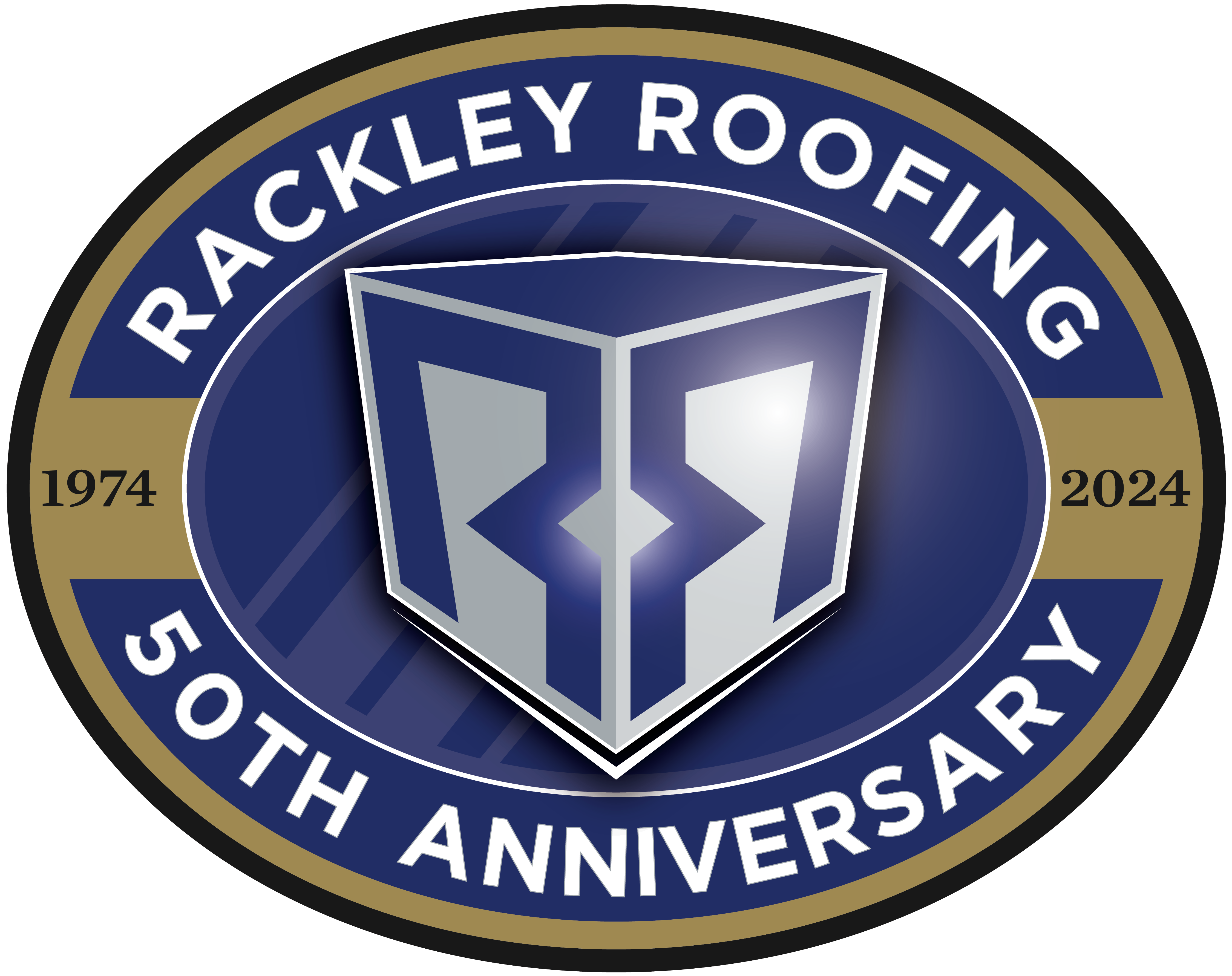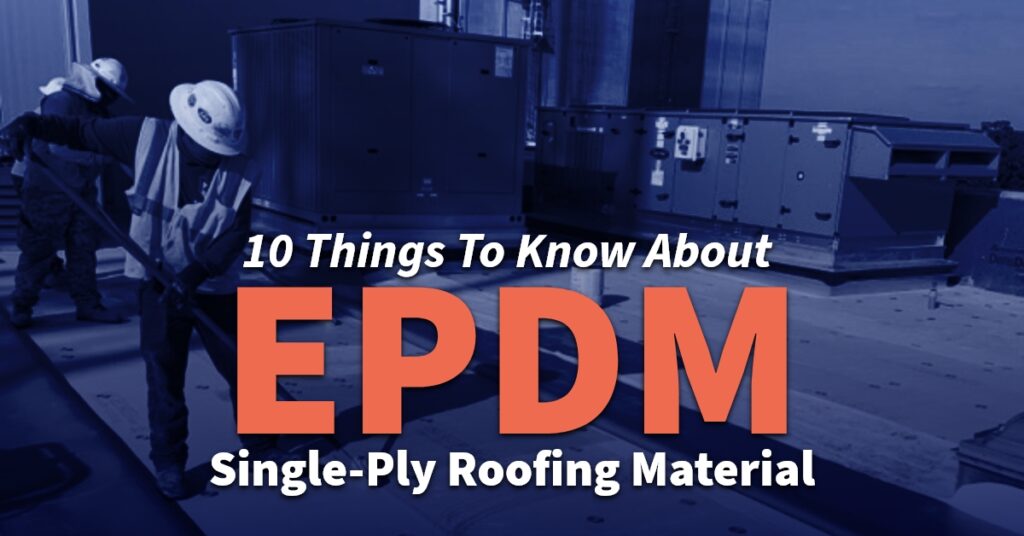When you need new commercial roofing for your building, EPDM single-ply roofing can be an ideal option. EPDM is a common type of material used for commercial low-slope roofs (flat roofs). Knowing more about this kind of roofing material, including how it’s installed and what it’s made of, can help you understand your roofing options better. Consider the following information on EPDM single-ply roofing material when choosing a new roof.
Composition of EPDM
EPDM is made up of ethylene, propylene, and diene monomers that form a synthetic rubber. This composition results in a roofing material that offers a high amount of flexibility and durability, especially in areas that experience extreme temperature fluctuations.
Durability
EPDM roofing is able to withstand exposure to extreme temperatures, as well as severe weather. This material is pliable, which allows it to hold up well when hit with hail or other debris instead of being damaged. This durability makes EPDM roofing a good choice for commercial buildings in areas that get frequent storms, strong storms from time to time, or drastic temperature fluctuations.
Lifespan
How long can you expect your EPDM roof to last? This type of roofing material is able to last for a few or more decades with regular maintenance and care. This makes an EPDM single-ply roof a good investment for commercial buildings. In addition to lasting for decades, these roofs have a low risk of damage due to their durability and flexibility. With routine maintenance, an EPDM roof can last for up to 50 years before it needs to be replaced.
Energy Efficiency
EPDM commercial roofing can provide improved energy efficiency. This can help commercial building owners save money on the cost of heating and cooling throughout the year. EPDM roofs are available in a highly reflective white color that reflects the sun’s heat. This helps keep the interior of commercial buildings cooler, so that less air conditioning can be used. Reflecting the sun’s heat rather than absorbing it helps prevent the interior from heating up in summer.
EPDM roofs are also available in standard black, which absorbs or retains the sun’s heat. This helps keep building interiors warmer during winter, so that furnaces or heating systems can be used less.
Fire Resistance
EPDM roofing material can have fire retardant coatings added to make it resistant to fire. These coatings play a critical role in preventing fires from spreading, since the roof won’t go up in flames. A fire-resistant roof helps make commercial buildings safer for those inside while also reducing the risk of property damage in case a fire occurs.
Wind Resistance
Being able to withstand high winds is important in areas where tornadoes, hurricanes, and other wind storms occur. EPDM roofing systems are designed to have high wind resistance. Having an EPDM roof helps ensure that commercial buildings are safe from wind damage. Having high wind resistance lowers the risk of needing repairs done after wind storms or interior damage from leaks.
Color Options
EPDM roofing systems are available in standard black or reflective white. Commercial property owners can choose a color that works best for their building based on curb appeal, energy efficiency, and other factors. For example, an EPDM roof with a white color might be a good option for buildings located in areas with high summer temperatures, since it helps reduce the need for air conditioning.
Curb Appeal
EPDM roofs can boost the curb appeal of commercial buildings. Whether building owners choose black or white, a new EPDM roof can enhance a building’s appearance while providing several other important advantages.
Maintenance
EPDM roofs are highly durable, but they still require regular maintenance. These roofs can develop damage or patches of mold or mildew growth if they’re not properly maintained. This involves removing debris, such as tree branches or leaves, from these roofs and washing them as needed.
EPDM roofs should also have routine inspections done to make sure they’re in good condition. Commercial building owners should not go up on roofs to handle these tasks. Instead, let professional roofers clean and inspect EPDM roofs on a regular basis.
Installation
EPDM roof systems are typically quicker to install compared to other commercial roofing material. These roofs have fewer seams overall, and their lightweight design makes them easier to handle. A commercial roofing contractor, like Rackley Roofing, can properly install an EPDM roofing system to lower the risk of leaks or other issues. The lightweight design of EPDM roofs means that most buildings do not need any reinforcement to handle this type of roofing system.
If you’re looking for a reliable commercial roofing contractor for your building, please contact Rackley Roofing. Our roofing experts provide dependable commercial roofing services for customers in the Southeastern U.S.



